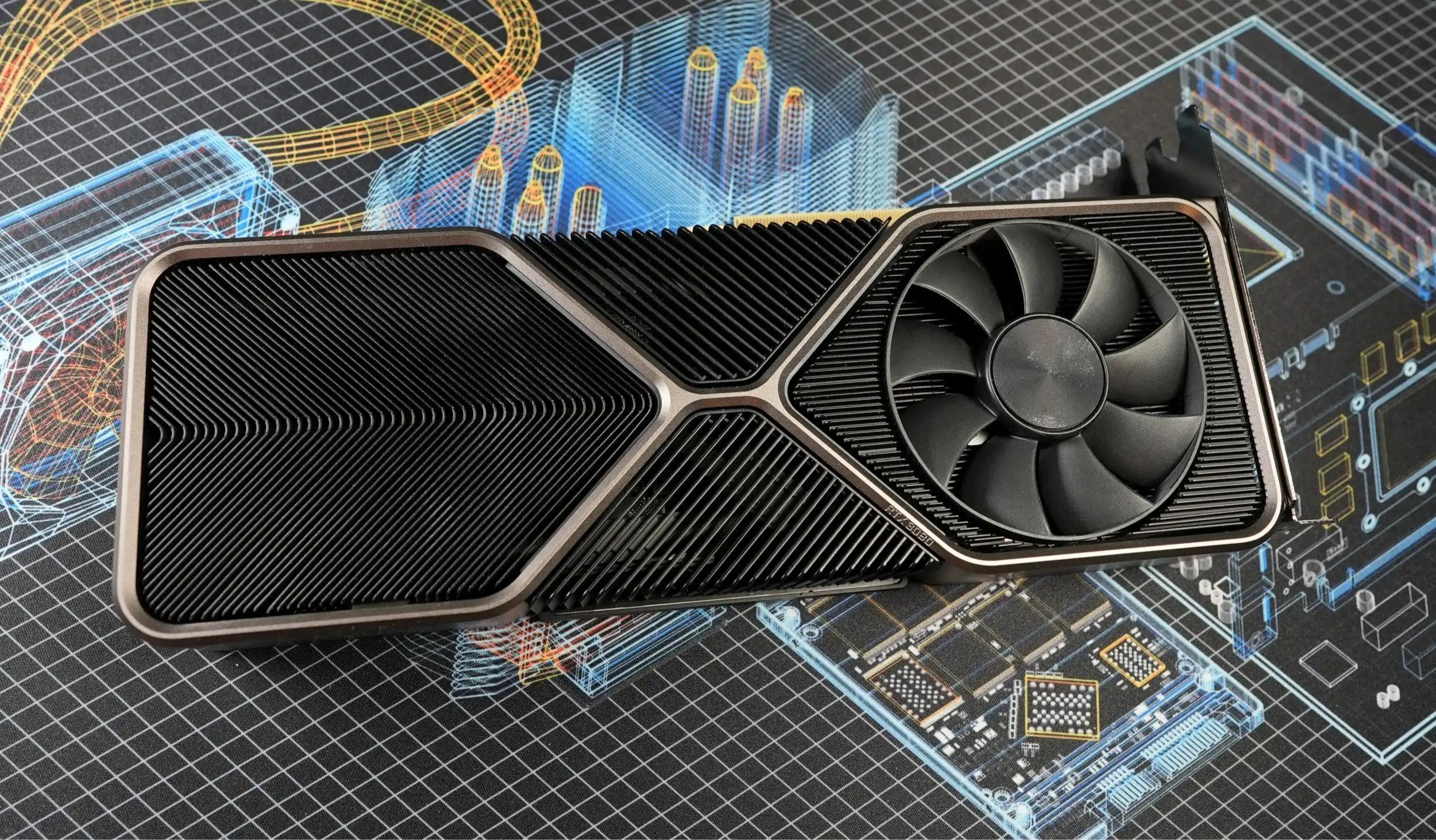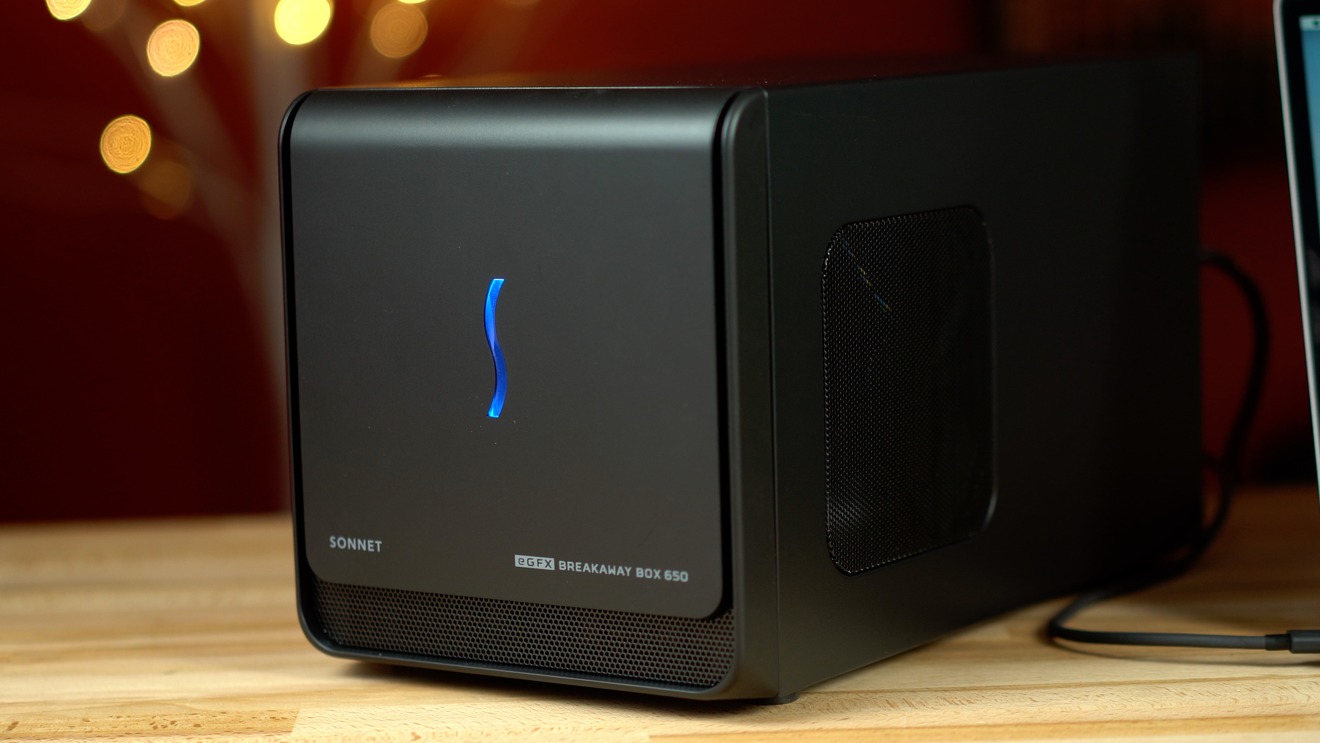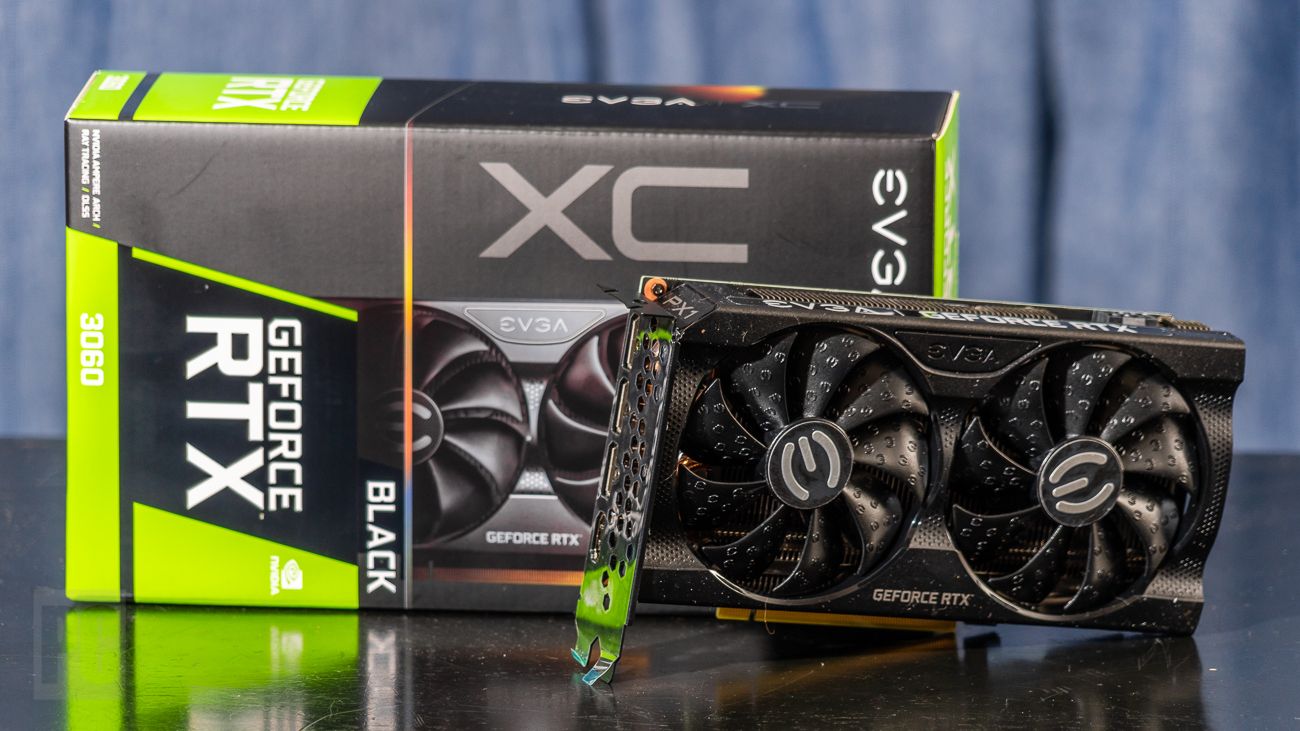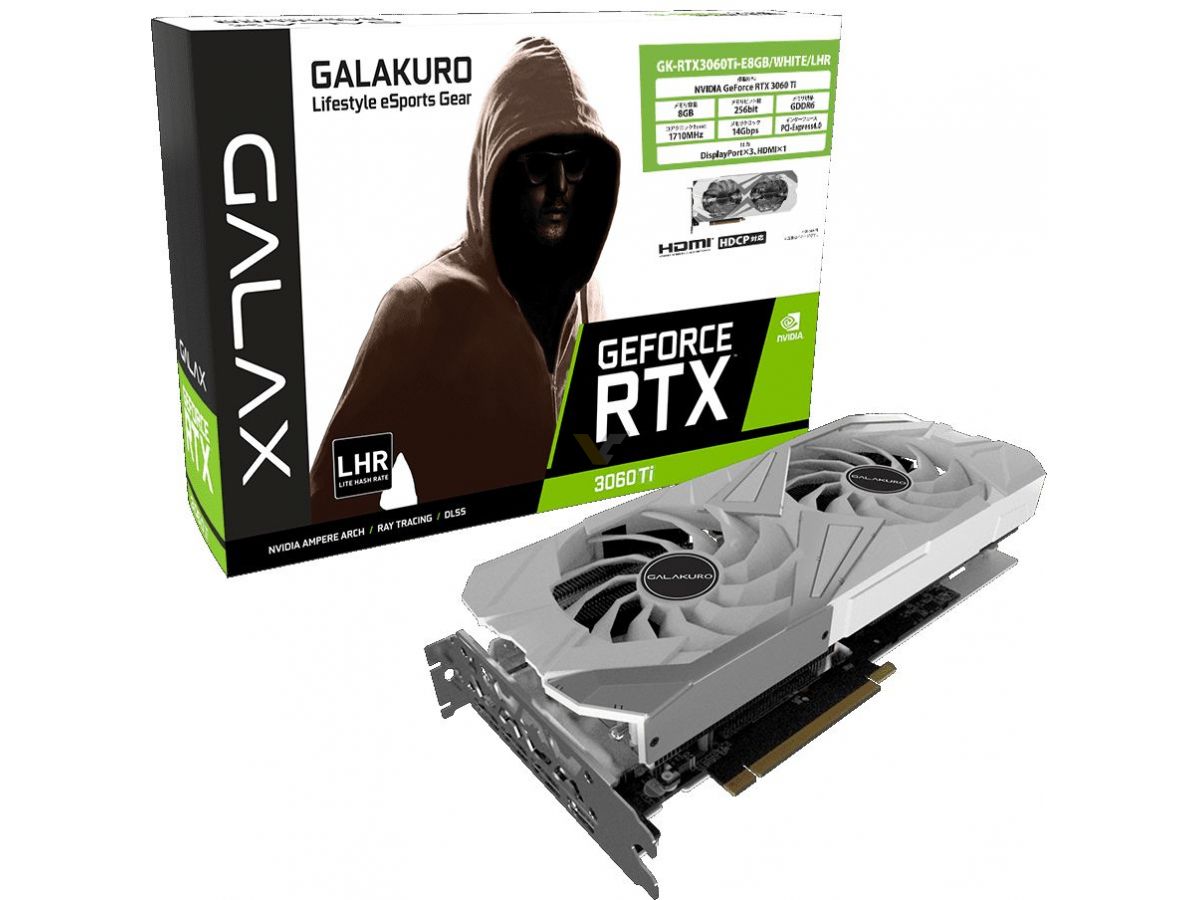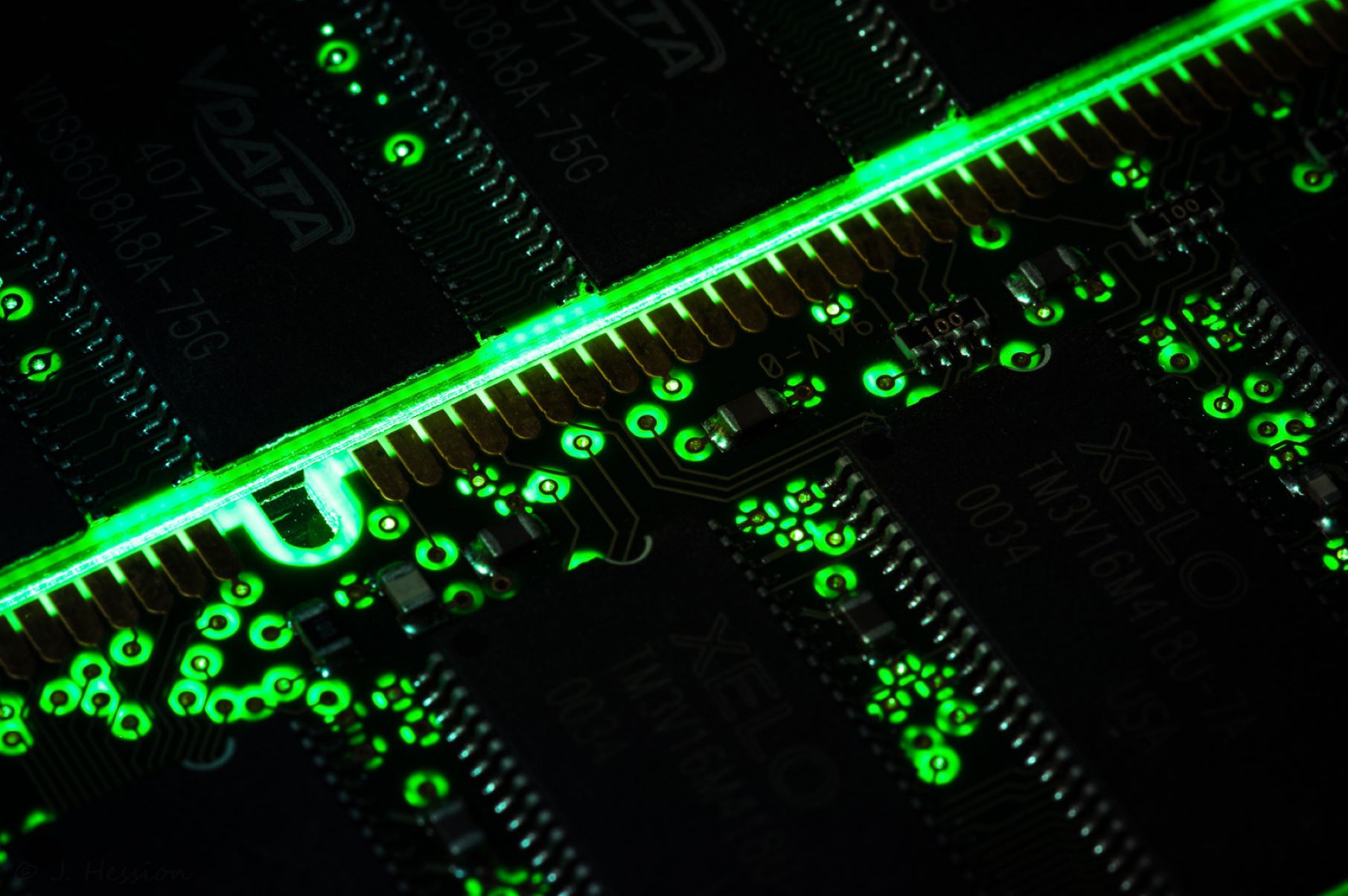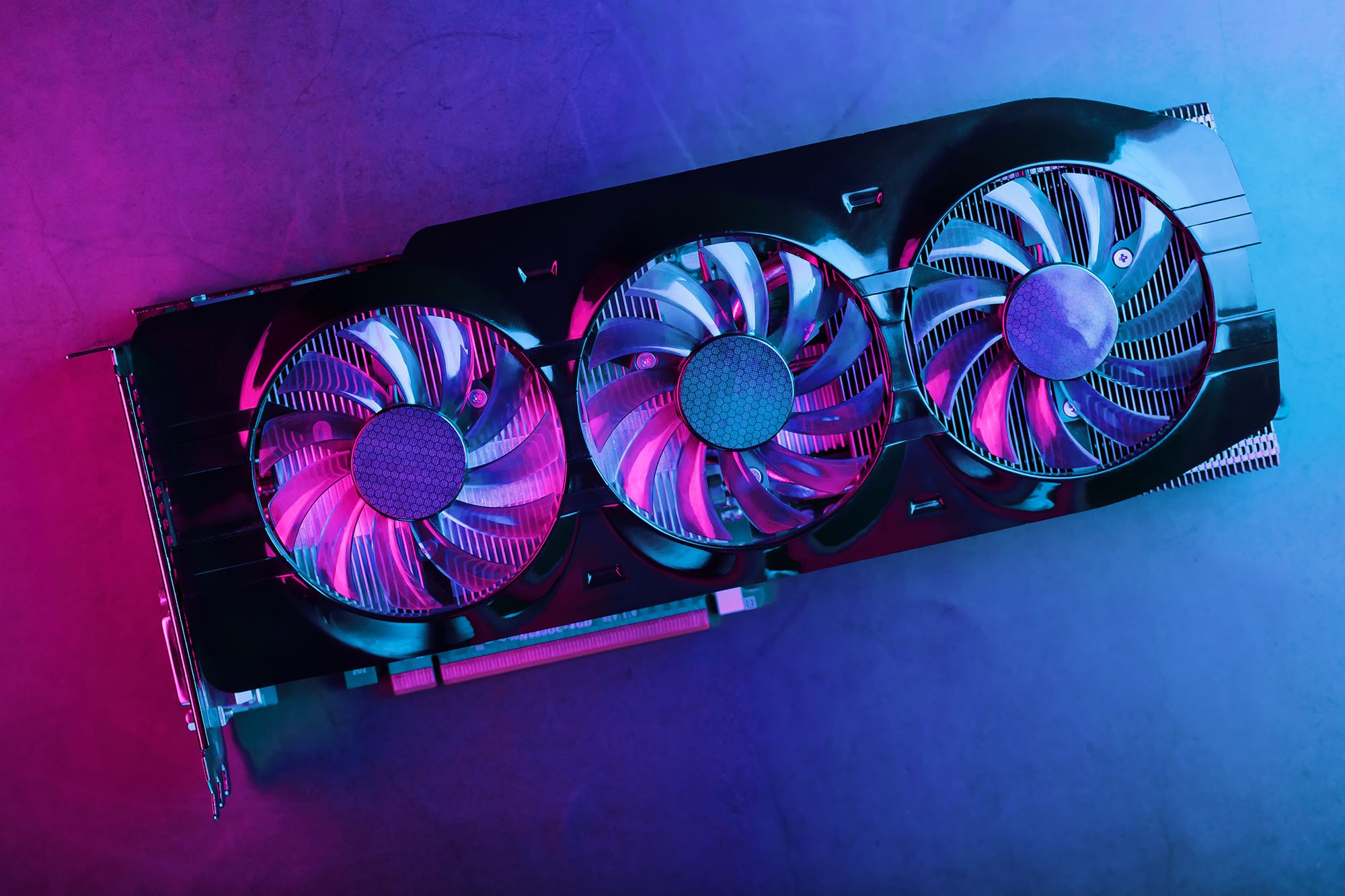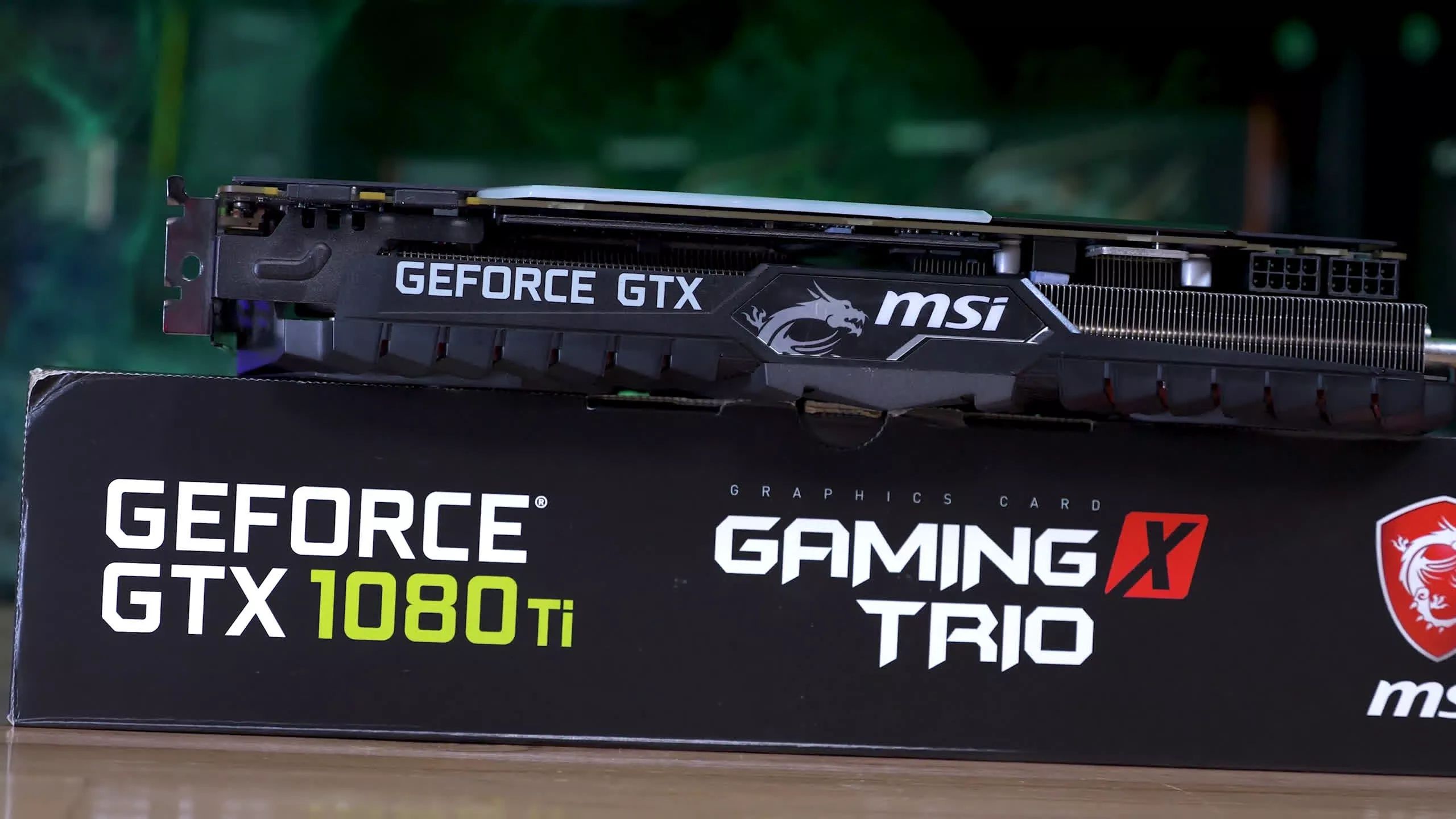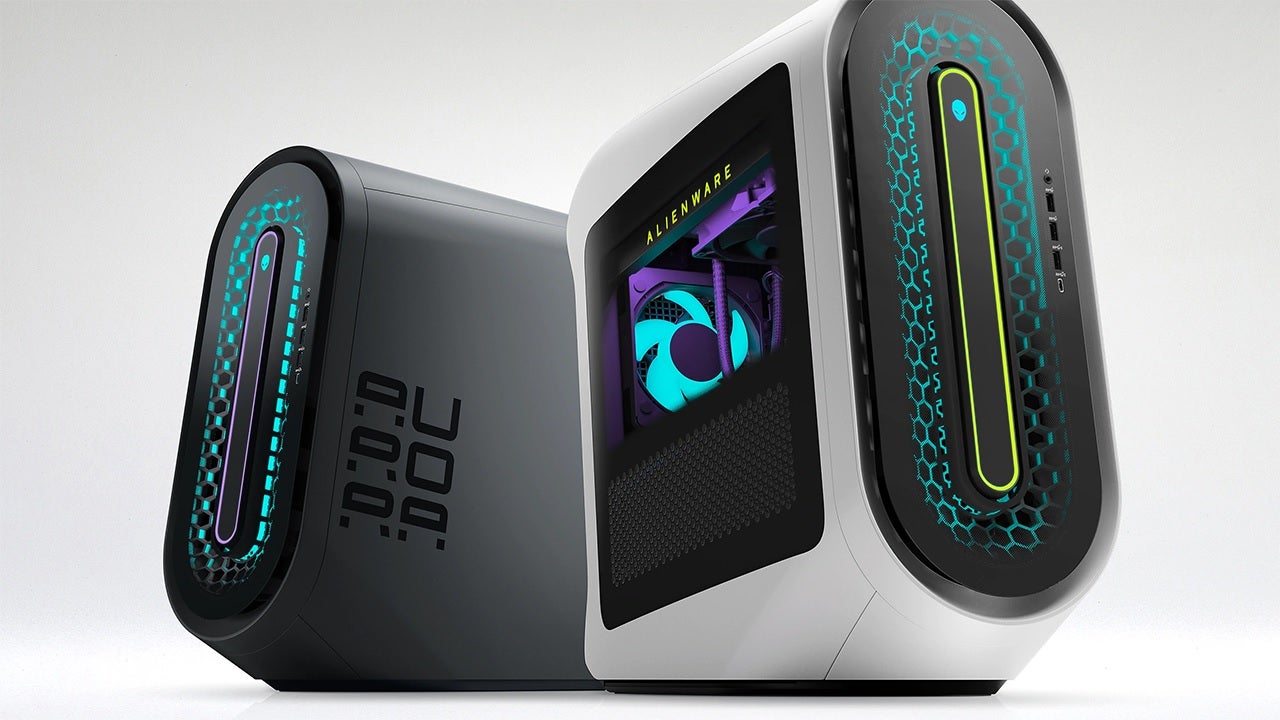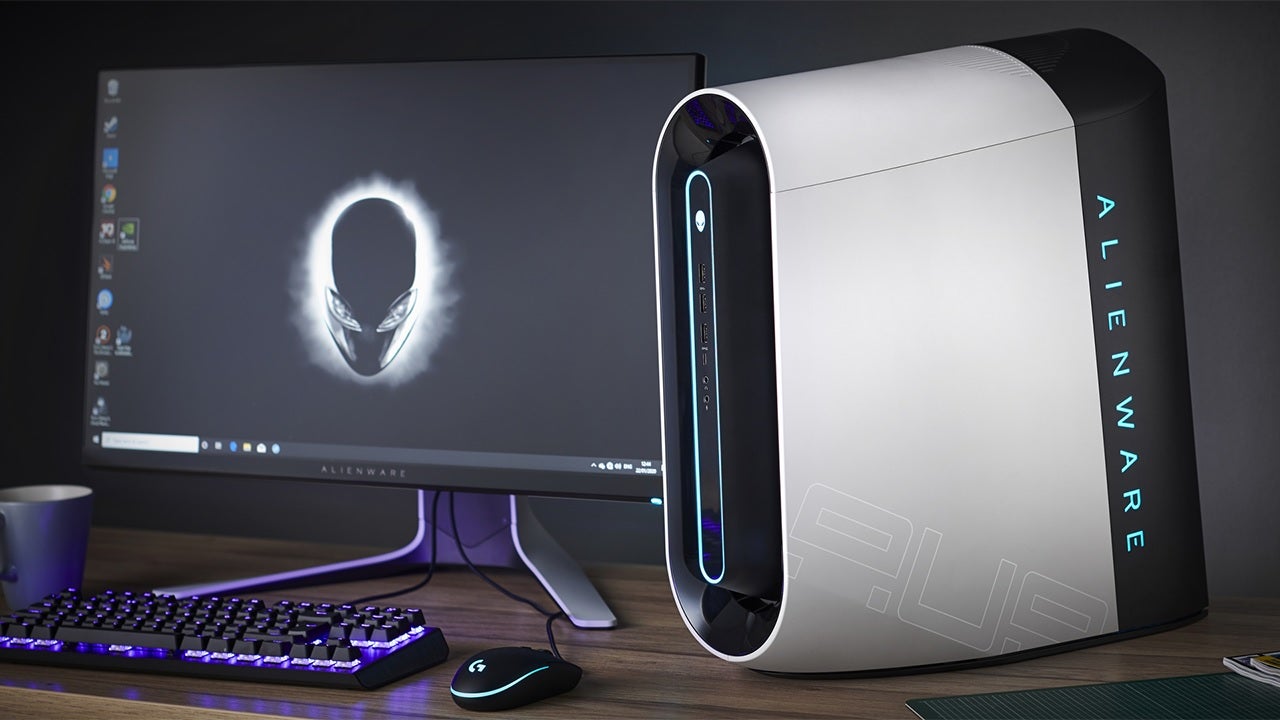Introduction
Welcome to the world of GPUs! Graphics Processing Units, or GPUs, have revolutionized the way we experience and interact with digital content. From immersive gaming experiences to graphics-intensive tasks like video editing and 3D rendering, GPUs play a crucial role in delivering high-quality visuals and smooth performance.
However, the world of GPUs is constantly evolving, and new technologies are being introduced to improve efficiency and optimize performance. One such innovation is the introduction of Lhr GPUs, or Low Hash Rate GPUs.
Lhr GPUs, also known as Lite Hash Rate GPUs, were designed with the intention of addressing the growing concern of cryptocurrency mining impact on the availability of GPUs for gamers and other users. Cryptocurrency miners were using GPUs in large quantities, leading to price hikes and scarcity for regular consumers.
To combat this issue, GPU manufacturers introduced Lhr GPUs, which limit the mining capabilities of the graphics card while maintaining their full performance for other applications. In simpler terms, Lhr GPUs prioritize gamers and general users by making them less attractive for cryptocurrency miners.
In this article, we will explore the world of Lhr GPUs, explaining their definition, how they work, their benefits, limitations, tips for using them effectively, and alternatives. Whether you’re a gaming enthusiast, a content creator, or simply curious about the latest GPU innovations, this article will provide you with all the essential information about Lhr GPUs.
So, let’s dig deeper into the world of Lhr GPUs and uncover their fascinating features, pros, and cons.
Definition of Lhr GPU
A Low Hash Rate GPU, commonly referred to as an Lhr GPU, is a graphics card that has been specifically designed to limit its cryptocurrency mining capabilities. The term “Hash Rate” refers to the speed at which a GPU can solve complex mathematical problems, which is a necessary process for mining cryptocurrencies like Bitcoin and Ethereum.
Lhr GPUs are a response to the increasing demand for GPUs by cryptocurrency miners, which often results in shortages and inflated prices for regular consumers. By implementing restrictions on hash rate performance, GPU manufacturers aim to make their graphics cards less attractive to miners, ensuring a more equitable distribution of GPUs to gamers and other users.
The hash rate limitation on Lhr GPUs is achieved through a combination of hardware and software modifications. These modifications typically involve reducing the efficiency or effectiveness of mining algorithms on the GPU, resulting in a lower hash rate compared to non-Lhr GPUs.
It’s important to note that Lhr GPUs do not compromise the card’s performance for other applications, such as gaming, graphic design, or video editing. The limitations only affect the mining capabilities, making them less efficient for cryptocurrency mining operations.
GPU manufacturers often label Lhr GPUs to differentiate them from their non-Lhr counterparts. These labels help consumers identify whether a particular GPU model has hash rate limitations or not. The purpose of these labels is to assist miners in making informed purchasing decisions and to ensure a fairer distribution of GPUs among different user groups.
Overall, an Lhr GPU is a graphics card that has been specifically engineered to limit its hash rate performance for cryptocurrency mining, with the aim of reducing the impact of miners on GPU availability and affordability for other users.
How Lhr GPUs Work
Lhr GPUs implement several techniques to limit the mining capabilities while maintaining their full performance for other applications. These techniques involve a combination of hardware and software modifications that help control the hash rate output of the graphics card when used for cryptocurrency mining.
One common method used in Lhr GPUs is the implementation of a mining limiter in the GPU firmware. The firmware controls the operation of the graphics card and can be updated to include specific algorithms that reduce the hash rate performance. This mining limiter restricts the efficiency of the GPU when solving mining algorithms, effectively lowering the hash rate output.
In addition to the firmware modifications, Lhr GPUs may also include built-in hardware limitations. These hardware modifications can range from physically disabling certain components or functionalities that are essential for optimal mining performance. By making these hardware changes, the GPU manufacturers ensure that the graphics card’s mining capabilities are significantly reduced.
Software drivers also play a crucial role in controlling the hash rate output of Lhr GPUs. GPU manufacturers release specialized drivers that are specifically designed for Lhr GPUs. These drivers include algorithms and optimizations that limit the mining efficiency while maintaining the card’s performance in other applications. By leveraging software, manufacturers can fine-tune the GPU’s behavior and ensure that the hash rate remains within the desired limits.
Lhr GPUs are typically designed to limit the hash rate for specific cryptocurrency mining algorithms, such as Ethash, which is used to mine Ethereum. By targeting specific algorithms, GPU manufacturers can effectively reduce the mining efficiency of the card for popular cryptocurrencies.
It’s important to note that despite these limitations, Lhr GPUs can still provide exceptional performance for gaming, content creation, and other non-mining tasks. The hash rate restrictions only come into play when the graphics card is used specifically for cryptocurrency mining operations.
Overall, Lhr GPUs work by implementing a combination of firmware modifications, hardware limitations, and specialized software drivers to reduce the hash rate output when used for cryptocurrency mining, while maintaining optimal performance for other applications.
Benefits of Lhr GPUs
Lhr GPUs offer several benefits to both consumers and the overall GPU market. Let’s take a closer look at some of these advantages:
- Fair GPU distribution: One of the key benefits of Lhr GPUs is that they help ensure a more equitable distribution of GPUs among different user groups. By limiting the mining capabilities, Lhr GPUs reduce the attractiveness of graphics cards for cryptocurrency miners. This, in turn, allows gamers and other users to have better access to GPUs at more reasonable prices.
- Affordable pricing: The limited availability of GPUs due to high demand from miners often leads to inflated prices, making it challenging for regular consumers to afford these graphics cards. Lhr GPUs address this issue by reducing the demand from miners, which helps stabilize and potentially lower the prices of graphics cards, making them more accessible to a wider range of users.
- Enhanced gaming experience: While Lhr GPUs are designed with mining limitations, they still deliver exceptional performance for gaming and other graphics-intensive tasks. Gamers can enjoy high-quality visuals, smooth frame rates, and immersive experiences with Lhr GPUs, without compromising on gaming performance.
- Energy efficiency: Cryptocurrency mining is a power-intensive process that consumes a significant amount of energy. By implementing hash rate limitations, Lhr GPUs reduce the mining efficiency and, subsequently, the power consumption of the graphics card. This leads to improved energy efficiency, thereby reducing the environmental impact associated with cryptocurrency mining.
- Increased GPU availability: The popularity of cryptocurrency mining has often resulted in GPU shortages, with miners buying up large quantities of graphics cards. Lhr GPUs can help alleviate this issue by making the cards less desirable for mining operations. This increased availability benefits all users, ensuring a wider selection of GPUs for different applications and reducing the frustration of not being able to find the desired graphics card.
Overall, Lhr GPUs bring several advantages, including fairer GPU distribution, affordable pricing, enhanced gaming experiences, improved energy efficiency, and increased GPU availability. These benefits contribute to a healthier and more balanced GPU market.
Limitations of Lhr GPUs
While Lhr GPUs offer numerous benefits, there are also some limitations associated with these graphics cards. It’s important to consider these limitations before making a purchasing decision:
- Reduced mining efficiency: The primary purpose of Lhr GPUs is to limit their mining capabilities. If you are a cryptocurrency miner looking to maximize your mining performance, Lhr GPUs may not be the ideal choice. The hash rate restrictions imposed on Lhr GPUs result in lower mining efficiency compared to non-Lhr GPUs.
- Algorithm-specific limitations: Lhr GPUs are designed to limit the hash rate for specific mining algorithms, such as Ethash. While this may not be an issue if you mine cryptocurrencies that use the targeted algorithms, it can be a limitation if you diversify your mining operations or switch to other algorithms.
- Availability of non-Lhr GPUs: While Lhr GPUs are intended to address GPU shortages caused by cryptocurrency mining, there may still be a limited availability of non-Lhr GPUs. Depending on the specific GPU model you are interested in, you may need to consider the availability and pricing of both Lhr and non-Lhr versions.
- Market demand and pricing: The demand for Lhr GPUs among gamers and non-mining users may still be high, potentially leading to increased prices and limited availability for these graphics cards. While Lhr GPUs aim to address affordability concerns, supply and demand dynamics in the market can still influence pricing.
- Compatibility and software updates: Lhr GPUs often require specific software drivers to implement and maintain the hash rate limitations. It’s important to consider the compatibility of these drivers with your system and ensure that you stay up-to-date with any software updates released by the GPU manufacturer to maintain the effectiveness of the hash rate restrictions.
It’s crucial to weigh the limitations of Lhr GPUs against your specific needs and use cases. If you prioritize fairer GPU distribution, affordability, and energy efficiency, Lhr GPUs can be a suitable option. However, if you are a cryptocurrency miner or require optimal mining performance, you may want to consider non-Lhr GPUs or explore other alternatives.
Tips for Using Lhr GPUs Effectively
If you have decided to use an Lhr GPU for your gaming or other non-mining purposes, here are some tips to help you make the most of your graphics card:
- Keep your drivers up to date: GPU manufacturers regularly release driver updates that can improve performance and address any issues with Lhr GPUs. Make sure to check for driver updates and install them to ensure optimal performance and compatibility with your system.
- Focus on optimizing gaming settings: Lhr GPUs excel in gaming performance, so take advantage of this by optimizing in-game settings to suit your preferences. Adjust graphics settings, resolution, and other visual options to balance performance and visual quality for the best gaming experience.
- Utilize GPU overclocking: Overclocking your Lhr GPU can help unlock additional performance potential. However, it’s important to do this with caution and follow safe overclocking practices to prevent damage to the card. Refer to manufacturer guidelines or use reliable software tools for overclocking.
- Optimize cooling and airflow: Lhr GPUs can generate considerable heat, especially during intensive tasks like gaming. Ensure that your system has adequate cooling and good airflow to prevent overheating. Consider adding extra fans, using liquid cooling solutions, or optimizing your PC case for better ventilation.
- Stay informed about mining algorithm updates: The hash rate limitations of Lhr GPUs are specific to certain mining algorithms. Stay updated on any algorithm changes or updates that could potentially affect the mining efficiency of your Lhr GPU. This will help you make informed decisions if you plan to engage in cryptocurrency mining using your card.
- Explore other applications: While Lhr GPUs are designed with mining limitations, they still offer outstanding performance for a wide range of applications beyond gaming. Explore other uses such as video editing, graphic design, machine learning, or 3D rendering. Utilize the full potential of your Lhr GPU in these areas to maximize its value.
By following these tips, you can optimize your Lhr GPU performance and make the most of its capabilities for gaming, content creation, and other non-mining tasks. Remember to prioritize regular driver updates, optimize in-game settings, consider safe overclocking practices, maintain proper cooling, stay informed about mining algorithm updates, and explore the full range of applications where your Lhr GPU can shine.
Alternatives to Lhr GPUs
If you’re not interested in using an Lhr GPU or if it doesn’t meet your specific requirements, there are alternative options available in the market. Here are a few alternatives to consider:
- Non-Lhr GPUs: Non-Lhr GPUs are the traditional graphics cards that do not have hash rate limitations. These cards offer unrestricted mining capabilities and may be more suitable for cryptocurrency miners or users who require maximum mining performance. Non-Lhr GPUs provide a wide range of options with varying performance levels and price points.
- Pre-owned GPUs: Buying a pre-owned graphics card can be a cost-effective alternative to Lhr and non-Lhr GPUs. Many enthusiasts and gamers upgrade their GPUs regularly, leading to a secondary market for used graphics cards. However, it’s important to research and verify the condition and authenticity of the card before making a purchase.
- Consider older GPU models: Instead of investing in the latest generation of GPUs, you can explore older models that still offer solid performance. These GPUs may be available at more affordable prices and can still deliver reliable gaming and graphics performance for most applications. Research the specifications and reviews of older GPU models to ensure they meet your specific needs.
- Integrated Graphics: If you have modest graphic requirements or are on a tight budget, integrated graphics solutions found on most CPUs may suffice. Integrated graphics provide basic graphics capabilities without the need for a separate GPU. While they may not deliver the same level of performance as dedicated GPUs, they can still handle everyday tasks and some light gaming.
- Cloud-based gaming services: Cloud-based gaming platforms, such as GeForce NOW, Google Stadia, or Xbox Cloud Gaming, offer an alternative to owning a dedicated GPU. With these services, you can stream games over the internet, eliminating the need for powerful hardware. However, a stable internet connection with low latency is essential for a smooth gaming experience.
Considering these alternatives will allow you to explore different options that suit your specific needs, budget, and priorities. Whether you opt for non-Lhr GPUs, pre-owned cards, older models, integrated graphics, or cloud-based gaming services, it’s important to research and compare the features, performance, and pricing of each alternative before making a decision.
Conclusion
Lhr GPUs, or Low Hash Rate GPUs, have emerged as a solution to address the challenges associated with high demand from cryptocurrency miners. These graphics cards implement hash rate limitations to prioritize gamers and other users, ensuring a fairer distribution of GPUs and more reasonable pricing.
In this article, we have explored the definition of Lhr GPUs and how they work. We have discussed their benefits, including fair GPU distribution, affordable pricing, enhanced gaming experiences, improved energy efficiency, and increased availability. Additionally, we have highlighted some of the limitations of Lhr GPUs, such as reduced mining efficiency, algorithm-specific restrictions, and the availability of non-Lhr GPUs.
To use Lhr GPUs effectively, we have provided tips such as keeping drivers up to date, optimizing in-game settings, utilizing GPU overclocking cautiously, maintaining proper cooling, staying informed about mining algorithm updates, and exploring other applications beyond mining.
For those who prefer alternatives to Lhr GPUs, options include non-Lhr GPUs for maximum mining performance, pre-owned GPUs for cost savings, older GPU models for budget-conscious users, integrated graphics for basic tasks, or cloud-based gaming services for a seamless gaming experience without dedicated hardware.
Ultimately, the choice between Lhr GPUs and their alternatives depends on your specific needs, priorities, and budget. Understanding the benefits and limitations of Lhr GPUs allows you to make an informed decision that aligns with your requirements and preferences.
As the GPU market continues to evolve, Lhr GPUs reflect a significant step towards striking a balance between cryptocurrency mining demands and the needs of gamers and other GPU users. With ongoing advancements and innovations, the GPU industry will continue to evolve and provide solutions that cater to the diverse needs of its consumers.







